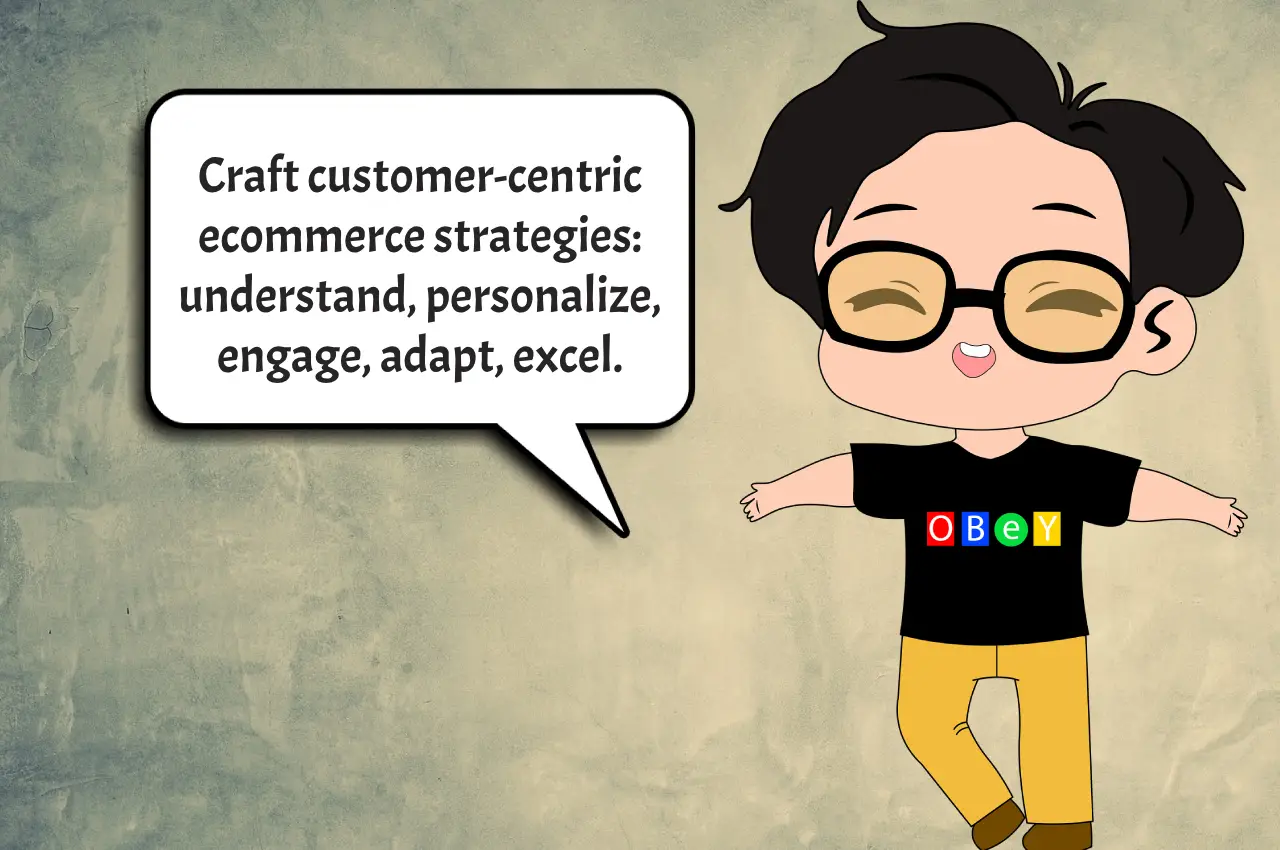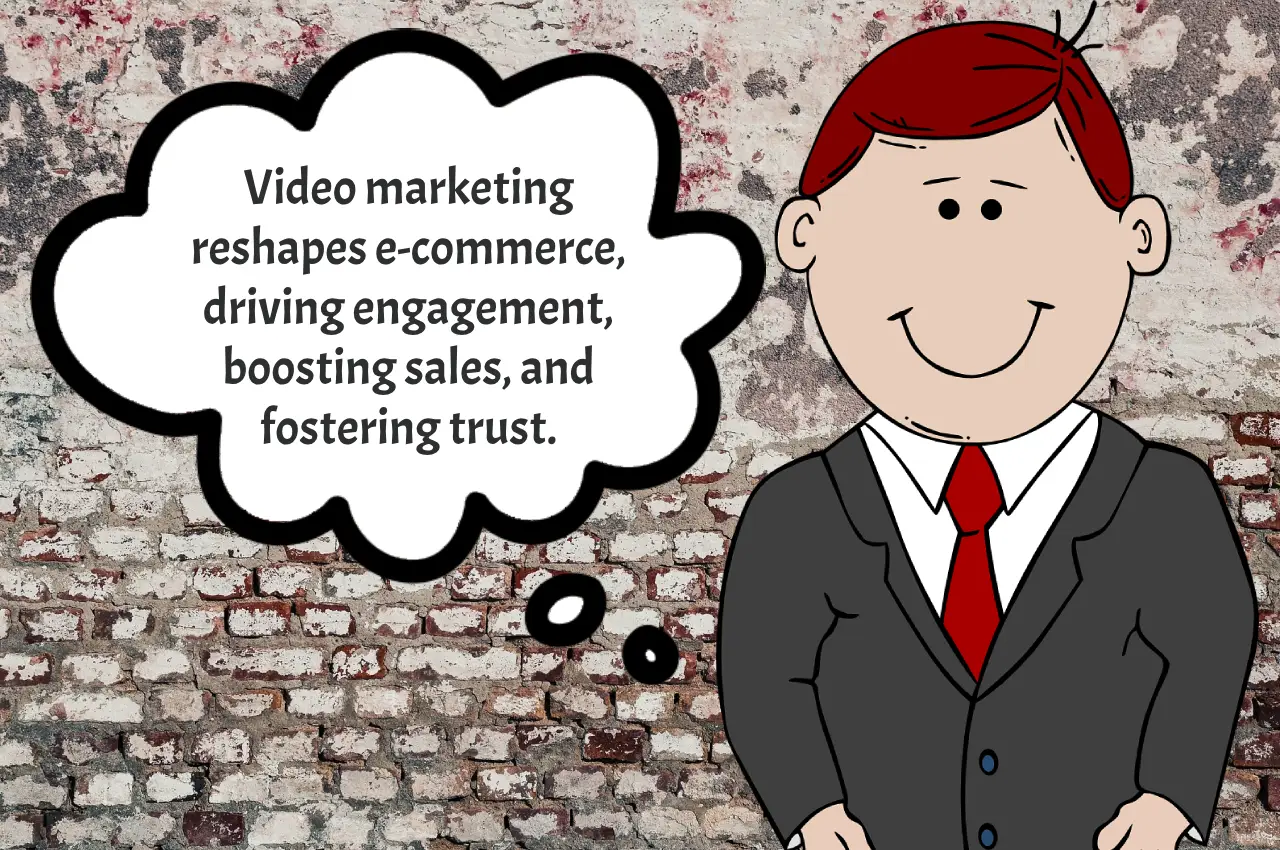In the bustling digital marketplace, standing out is about much more than just offering great products or services. It’s about crafting an experience that resonates with your audience. This is where customer-centric ecommerce marketing strategies play a pivotal role. Let’s dive into some practical approaches that can transform your ecommerce business.
Understanding Your Audience Deeply
Before you can cater to your customers, you need to understand them. Sarah, an online boutique owner, learned this the hard way. Initially, her store struggled because she based her product lines on personal taste rather than customer preferences. Once she started using tools to analyze customer data, she revamped her inventory to align with what her customers actually wanted. Sales soared as a result.
Personalization: More Than Just a Name
Personalization is key. But it goes beyond addressing customers by their names in emails. It’s about relevant recommendations and a personalized shopping experience. Consider John’s story. He runs a bookshop online. By using a recommendation engine, he was able to suggest books based on past purchases. Customers not only bought more but also felt a stronger connection to his store.
Seamless Omnichannel Experience
Customers interact with your brand across various platforms. Ensuring a seamless experience across all channels is crucial. Take the example of Linda’s craft supplies store. She made sure her customers received the same level of service and information whether they shopped online, on mobile, or in her physical store. This consistency significantly improved customer satisfaction.
Engaging Content that Tells a Story
Content is more than just product descriptions and blog posts. It’s about storytelling that connects with your audience. Look at how Alex, who sells fitness gear, does it. He shares customer success stories and fitness tips, making his content valuable beyond just selling products. This approach builds a community around his brand.
Leveraging Social Proof
Social proof is powerful. Customer reviews, testimonials, and user-generated content can greatly influence buying decisions. Emma’s home decor store experienced a surge in sales when she started featuring customer photos and reviews prominently on her site. This not only provided authenticity but also encouraged more customers to share their experiences.
Responsive Customer Service
Responsive customer service can be your biggest differentiator. A study showed that 90% of customers rate an “immediate” response as important when they have a customer service question. Offering live chat, quick email responses, and active social media support can make a world of difference. Remember, a satisfied customer is often a repeat customer.
Data-Driven Decision Making
Making decisions based on data is crucial. Utilize analytics to understand shopping behaviors and preferences. This approach helped Mike, who owns a sports equipment store. By analyzing data, he could tailor his marketing campaigns more effectively, leading to a higher return on investment.
Creating a Loyalty Program that Actually Rewards
Loyalty programs shouldn’t be an afterthought. They should offer real value. When Chloe added a loyalty program to her online bakery, she made sure it was simple yet rewarding. Customers earned points not just for purchases but for actions like reviews or social media shares. This encouraged both sales and engagement.
Mobile Optimization: A Necessity
With more people shopping on their phones, your customer-centric ecommerce site must be mobile-friendly. This isn’t just about appearance; it’s about functionality. Ensuring your site is easy to navigate and quick to load on mobile devices is key.
Continuous Feedback Loop
Always seek feedback. This should be an ongoing process, not a one-time effort. Regular surveys, feedback forms, and open channels of communication help you stay aligned with customer needs and expectations.
Embracing Sustainability and Ethics
Customers today are more environmentally conscious and value-driven. By incorporating sustainability and ethical practices into your business model, you’re not just doing good; you’re appealing to the values of your customers. This approach has helped numerous businesses strengthen their brand loyalty.
In ecommerce, the customer should always be at the heart of your marketing strategies. By understanding your audience, personalizing their experience, and continuously adapting to their needs, you can build a loyal customer base and stand out in the competitive digital marketplace. Remember, the goal is not just to sell a product; it’s to create a memorable and satisfying shopping experience.
Have you implemented any customer-centric ecommerce strategies in your business? Share your experiences or thoughts in the comments below. Let’s learn from each other and keep the conversation going!





